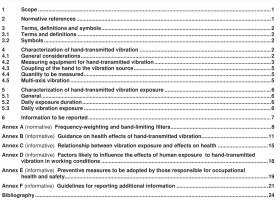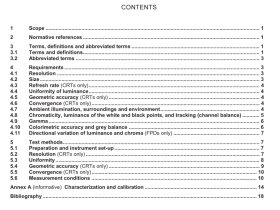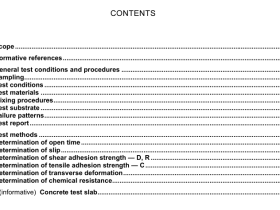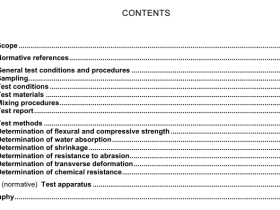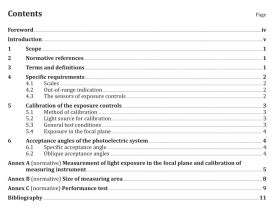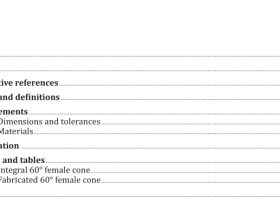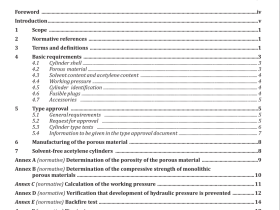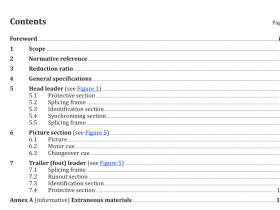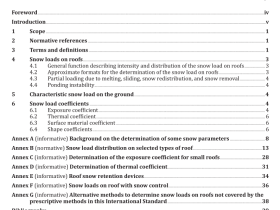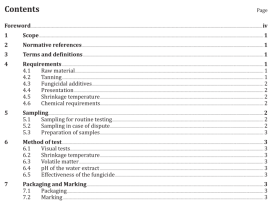ISO 17289 pdf download
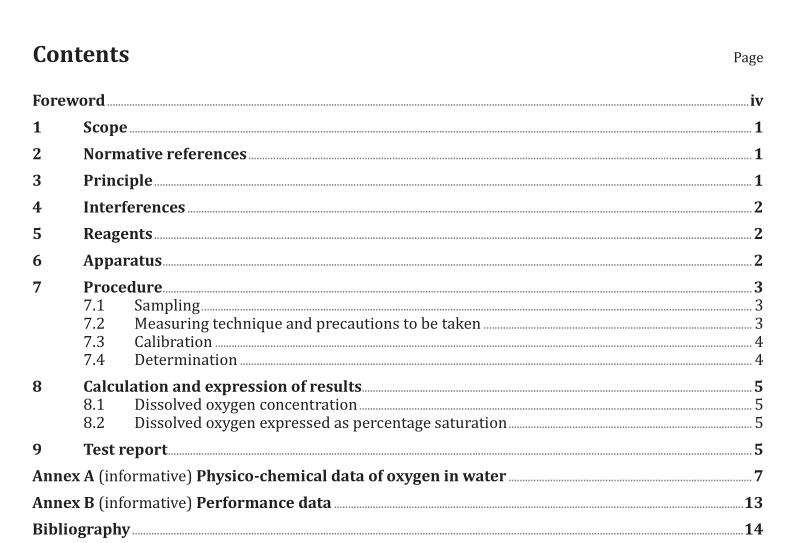
ISO 17289 pdf download Water quality — Determination of dissolved oxygen — Optical sensor method
Scope
This International Standard specifies an optical method for the determination of dissolved oxygen inwater using a sensor working on the basis of fluorescence quenching.
Measurement can be made either as a concentration of oxygen in milligrams per litre, percentagesaturation (% dissolved oxygen), or both. Depending on the instrument used, detection limits ol0,1 mg/l or 0,2 mg/l can be reached according to the manufacturer’s manual. Most instruments permitmeasurement of values higher than 100 %,i.e. supersaturation.
NOTESupersaturation is possible when the partial pressure of oxygen is higher than in air. Especially in caseof strong algae growth, supersaturation up to 200 % and more is possible.
If waters with a saturation higher than 100 % are measured, it is essential to make arrangements toprevent the outgassing of oxygen during the handling and measurement of the sample. Similarly, it isimportant that the transport of oxygen into the sample is prevented ifthe saturation is below 100 %.
The method is suitable for measurements made in the field and for continuous monitoring of dissolvedoxygen as well as measurements made in the laboratory. lt is one of the preferred methods for highlycoloured and turbid waters, and also for analysis of waters not suitable for the Winkler titration methodbecause of iron- and iodine-fixing substances, which can interfere in the iodometric method specifiedin IS0 5813.
The method is suitable for drinking waters, natural waters, waste waters, and saline waters. lf usedfor saline waters such as sea or estuarine waters. a correction for salinity is essential for concentrationmeasurement of oxygen.
2 Normative references
The following documents, in whole or in part, are normatively referenced in this document and areindispensable for its application. For dated references, only the edition cited applies. For undatedreferences, the latest edition of the referenced document (including any amendments) applies.ISO 3696, Water for analytical laboratory use – Specification and test methods
3 Principle
Optical sensors that measure luminescence/fluorescence lifetime or luminescence/fluorescence phaseshift are normally composed of a luminophore or fluorescent dye situated in a sensor cap, a light sourcee.g. a light emitting diode (LED), and a photodetector. The pulsed or modulated light from the sourcecauses excitation of the luminophore, which is quenched in the presence of oxygen. The photodetectorconverts the resulting light emission into an electrical signal that can be sampled and processed to compute the phase shift or fluorescence or luminescence lifetime. This phase shift or excitation lifetime is used to quantify dissolved oxygen concentrations.
Temperature has two different influences. The first influence relates to the variation of the quenching process of the membrane with the temperature. So the primary signal of the probe has to be compensated with a built-in temperature sensor. State-of-the-art meters are able to do this automatically. The second influence is given by the sample and the temperature dependence of the solubility of oxygen in it. Also salinity can have a significant effect.
